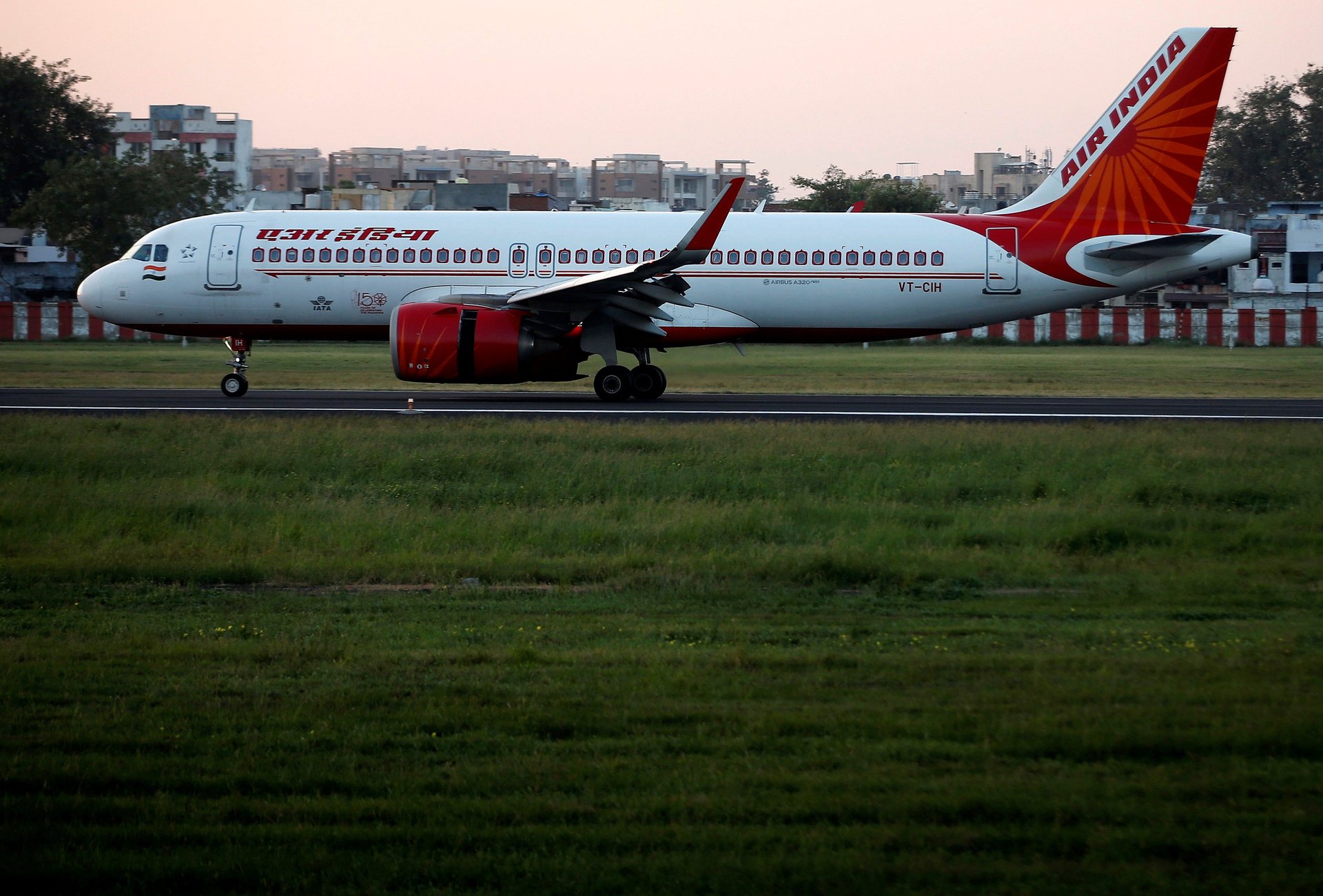Indian airlines go with quirky grooming rules to match global peers
Airlines believe well-groomed staff helps gain customers' trust in their reliability and hygiene

Newly privatized Air India wants to level up to the world’s biggest airlines. And it has begun with the way its cabin crew looks.
A few weeks ago Air India, now owned by the Tata group, issued a 40-page handbook of instructions to its staff. It provided guidelines on how to walk, talk, stand, and style one’s hair.
Some of these rules were deemed “extreme” and grabbed headlines. They include hiding anti-aging signs and not showing more than an inch of the midriff between the blouse and the saree. Among others were:
- Coloring grey hair strands in “company-approved shades”
- No neck jewelry or nose pins
- No rings with stones and pearls of religious significance
- Males with receding hairlines or baldness must shave their heads every day
- Shave facial hair every day and apply hair gel
- The make-up, including eyeshadow, lipsticks, and nail paint, must be as per the new guidelines for flight duties, using the company shade card
- Gel nail polish and French manicures are allowed but with regular refills
- Earrings such as gold and diamond studs must only be round. No pearls
- A bindi is permitted but only with a saree and only less than 0.5 cm in size
What about other Indian airlines?
Airlines in India are waking up to good grooming of staff.
It helps in “gaining customer trust towards the reliability and hygiene of an airline,” according to the spokesperson of India’s largest airline, IndiGo.
IndiGo has guidelines on “maintaining immaculate hygiene standards, which include skin, hair, and nail health, even during long working hours,” the official said. It has also curated many “looks” that “evolve with changing trends.”
“Some of these, over the years, have been short bob wigs, blue hair streak, nails with the IndiGo logo, and our all-time favorite, the Girl Power badge which our crew wears with pride,” the spokesperson told Quartz.
Likewise, even before its launch, Akasa Air, the country’s youngest airline, detailed the nitty-gritty of its cabin staff in a press release. It is the only Indian carrier to allow its staff to wear sneakers, prioritizing their comfort.
“Akasa Air is the first Indian airline to have introduced custom trousers, jackets, and comfortable sneakers for its airline in-flight crew,” the Akasa Air press release on July 4 said. “Given the mobile lifestyle of crew members and long hours spent standing, Vanilla Moon designed sneakers that are light, and contain extra cushioning from heel to toe to ensure better support.”
Other Indian carriers such as SpiceJet and GoFirst did not respond to Quartz’s queries on dressing and grooming codes. Vistara declined to comment.
Nevertheless, the prevailing view about the industry in India clearly indicates the need to improve.
“You can find makeup tutorials on YouTube or on Pinterest teaching how to look like an Emirates, Oman Air, or Singapore Airlines air hostess. Indian airlines haven’t been able to create that impact yet. They are shabbily dressed,” said Simran Bathla, owner of a designer label SewedBySimran.
Bathla is hopeful that things will change for the better.
Will Indian airlines be able to match global peers?
Over the years, global airlines have set pretty high standards for cabin crew looks.
Singapore Airlines has a strenuous four-month training program for them, which is deemed the industry’s longest and most comprehensive. It reportedly even provides bunk beds to air hostesses so that confined seats don’t ruin their makeup.
Qatar Airways requires the ponytails of its female cabin crew to be no longer than six inches—and tied only with a company-issued scrunchie, according to a former staffer who spoke to Quartz on conditions of anonymity. “Earlier we were also required to have a shower before each flight,” she said.
As Indian carriers raise their game, and despite some criticism of these new grooming standards, experts believe they are a necessity and not mindless.
“When you’re the face of the airline you are treated as a model. Any model should look good. You are the brand ambassador for the airline,” Meher Sarid, an air hostess trainer and a former air hostess with Cathay Pacific told The Telegraph.
